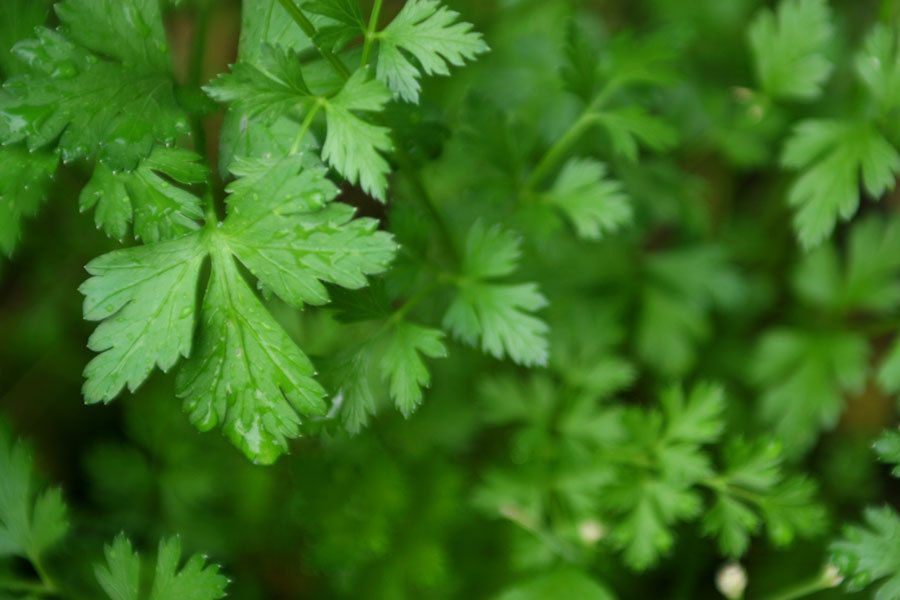
Backyard Garden Grower
Plan, grow, work, watch, and eat
Container gardnening is a fantastic way to begin. It offers an easy, reversible garden site that through trial and error can lead to larger gardens. Here are a few steps you should follow.
Step 1 - Decide how many containers and pots you will need before you begin. Most pots are able to hold one to two plants, assuming the pot is about 1ft in diameter and about 1ft deep. Try to begin by limiting yourself to about 10 pots and maybe a few herb containers. These containers and pots themselves can get expensive, and so its best to start small, and then get bigger.
Step 2 - Soil. You will need a certain type of soil for pots and containers. Make sure you purchase potting soil. Potting soil is made especially for pots. It is lense dense than garden soil and will allow for better drainage and better hydration overall for your container. There are many brands to chose from, so experiment with a few until you find the one that works the best for you.
Step 3 - Plant and place your containers where you'd like.
Step 4 - Watering can be difficult with containers, as most of the time you are responsible for this task. Begin by watering once a day. From here you can decide if you need more or not. A good way to check is to stick your finger or an item in the soil. If the soil still has moisture a few inches below the surface, you're good. If it feels dry this deep, go ahead and water. Your container does not need to be sopping wet for you to grow.

Many people are worried about the type of plastic container they are growing in. This is a fear that is completely understandable, since every year we learn of health risks from certain compounds that were unknown in years previous. Make sure at the least your container does not contain lead or asbestos. These are incredibly dangerous and if they are in high levels in your body can lead to lung cancer, bleeding problems, and the rare mesothelioma. Make sure you look at the container and ask about what type of plastic is used. Recycling numbers 1, 2, 4 and 5 should be used while any container with number 3, 6 or 7 avoided.
